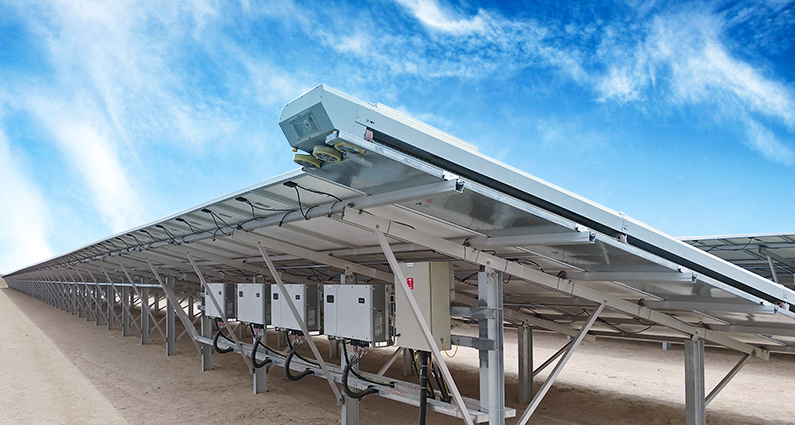From pv magazine USA.
Perhaps the latest development should not take anyone by surprise. Following the arrest and potential extradition of Huawei’s chief financial officer, a U.S. federal government ban on the company’s import of key components, tariffs on Chinese-made inverters and 11 senators asking the federal government to ban Huawei inverters – on rather sketchy factual grounds – perhaps a retreat was inevitable.
Roth Capital Partners on Monday issued a note stating Huawei had pulled out of the U.S. inverter market, laying off all its U.S. citizen staff and transferring non-citizen staff out of the country. Roth said it understood Huawei had laid off 80% of staff from its Enterprise Business unit.
pv magazine has been unable to confirm the news from other sources thus far, however Cormac Gilligan – research manager for solar and storage at IHS Markit – noted the LinkedIn profiles of most of the company’s U.S. staff indicated they had left the company.
While Huawei is one of the largest global inverter makers, most of its sales have been outside the United States. Figures from Wood Mackenzie Power & Renewables, quoted by Greentech Media, showed Huawei as the world’s largest inverter maker, with 22% of the global market last year but with only 4% of the U.S. market – although the company has a larger share of the U.S. three-phase inverter market
A fillip for rivals
However, the latest development will mean Huawei missing out on substantial opportunities. The U.S. utility scale market is beginning to boom, particularly in Florida, Texas and the Midwest, with the scheduled reduction of the Investment Tax Credit for solar pushing developers and off-takers to get projects online within the next few years.
Roth Capital stated Huawei’s departure will be a positive for Israeli rival SolarEdge, and it could also open space for Sungrow, SMA and other companies which the Chinese giant competes with in the commercial and utility scale markets.
Huawei’s withdrawal is unlikely to prove the last we hear of the trade war between the United States and China, with tariffs pending on Chinese lithium-ion batteries and the chemicals used to produce them – on top of tariffs already applied to solar cells and modules, inverters and components made in China.
This content is protected by copyright and may not be reused. If you want to cooperate with us and would like to reuse some of our content, please contact: editors@pv-magazine.com.



By submitting this form you agree to pv magazine using your data for the purposes of publishing your comment.
Your personal data will only be disclosed or otherwise transmitted to third parties for the purposes of spam filtering or if this is necessary for technical maintenance of the website. Any other transfer to third parties will not take place unless this is justified on the basis of applicable data protection regulations or if pv magazine is legally obliged to do so.
You may revoke this consent at any time with effect for the future, in which case your personal data will be deleted immediately. Otherwise, your data will be deleted if pv magazine has processed your request or the purpose of data storage is fulfilled.
Further information on data privacy can be found in our Data Protection Policy.